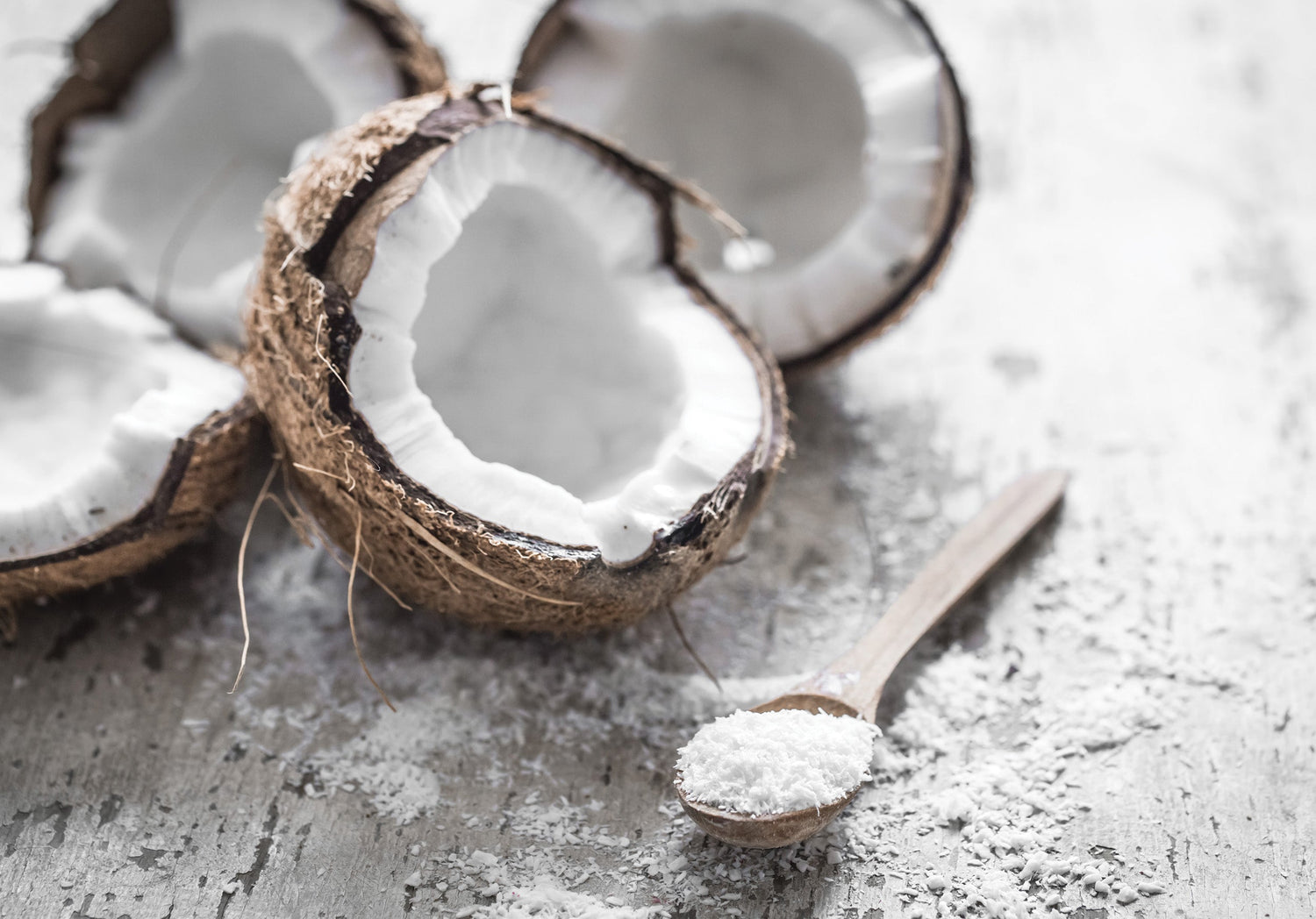Products from desiccated coconut
The process involves several methods for preparing value-added coconut products:
Osmotic Dehydration of Coconut
Mature coconut kernels are steam blanched and soaked in a sugar syrup (30°Brix) for 48 hours. The drained pieces are then treated with sulphites for 20 minutes and dried in a cabinet dryer at 60°C for 8 hours. Studies show that sugar acts as an osmotic agent, preserving the coconut effectively. Osmotically dehydrated coconut is suitable for both home and commercial preparation of various products.
Use of Coconut Powder in Mango Bar and Ragi-based Convenience Mixes
Desiccated coconut powder (2%) or soy protein concentrate (4.5%) is used to increase protein content in mango bars. The mango pulp is adjusted to 30°Brix with powdered cane sugar and citric acid, dried in an air cabinet dryer at 63 ± 2°C for 14 hours. Coconut powder is also utilized in ragi-based convenience mixes, both sweetened and spiced variants, contributing to improved colour and reduced lipid oxidation.
Development of Value-added Coconut Products
Various products such as dehydrated coconut (savoury and sweet), ready-to-use coconut chutney mix, coconut kuruma mix, coconut rice mix, and coconut burfi mix are developed. Acidified salt solution and sugar syrup are employed as osmotic agents for preparing dehydrated coconut. For savoury variants, blanched coconut scrapings are soaked in a solution containing 1.0% salt, 1.0% acetic acid, and 250 ppm SO2 with or without antioxidant for 24 hours. The treated coconut is then dehydrated in a cabinet dryer at 60°C for 4 to 5 hours to achieve moisture levels up to 4.0%. The dried coconut samples are packed in 300-gauge polyethylene bags, with or without vacuum sealing, and stored at room temperature to evaluate their storage stability.
These methods highlight the diverse applications of coconut in creating nutritious and flavorful food products, leveraging its natural properties and enhancing shelf life through effective preservation techniques.
